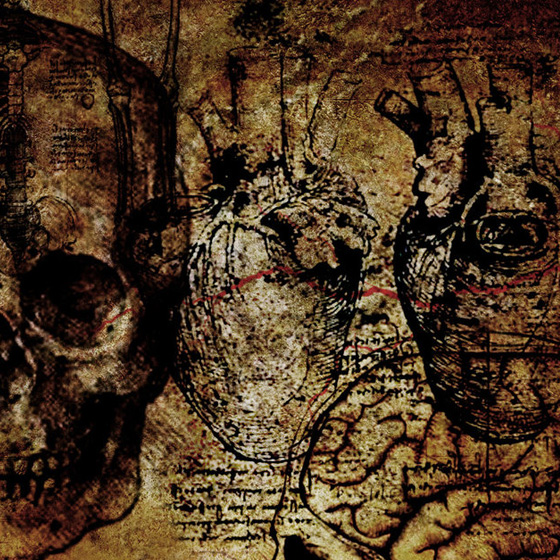Prevalence of Recreational Drug Use among Medical Students in Texila American University

Abstract:
Recreational
Drug use is the use of psychoactive drugs to induce an altered state of consciousness
for pleasure, by modifying the perceptions, feelings and emotions of the user. This
can be achieved by using various opioids and stimulants such as marijuana, alcohol
consumption, ecstasy, cigarettes etc. These are particularly used to help in alleviating
stress, pain, emotional turmoil or just for the sheer pleasure of getting the euphoria
like feeling that is attained by usage of these substances. Medical schools seem
to have prevalence in simulating a high stress environment especially for students
in the program with the high workload and pressure to study all the related topics
and manage assignments all within the courses duration. According to a research
article entitle “Systemic Review of Depression,
Anxiety, and other Academic Medicine by Dyrbe, Liselotte N. MD; Thomas Matthew R.
MD; Shanafelt, Talt D. MD” it says that “current educational process may have an
inadvertent negative effect on students mental health, with high frequency of depression,
anxiety, and stress among medical students.” It also states that “Medical School
is a time of significant psychological distress for physicians-in-training.” This
is where the recreational drugs play a role in alleviating that stress and act as
a coping mechanism for students. The main question proposed by this research is
“What is the prevalence of recreational drug use in Texila American University?”
It will also answer other questions such as “Why they are taking these substances?”,
“If they started using these drugs after they attended the institution?” and “If
the workload that they are experiencing have anything to contribute to their new
habit.” This research will be answered by means of surveys distributed to students
from PM1-MD4 due to easy accessibility and gathering of the data. The results will
be displayed in statistical charts and graphs to answer these questions.
Keywords:
Psychoactive drugs; euphoria; psychological distress.

